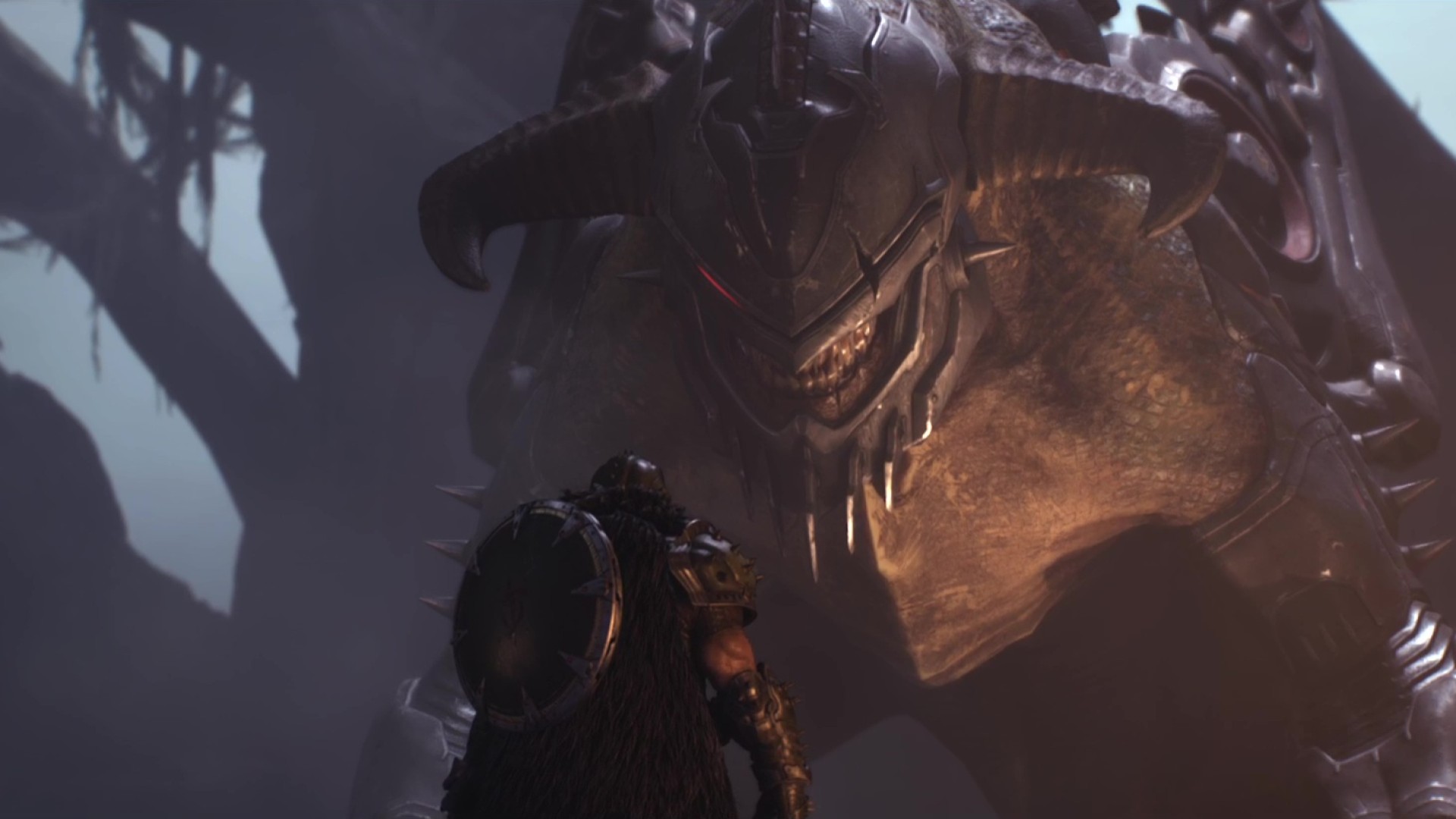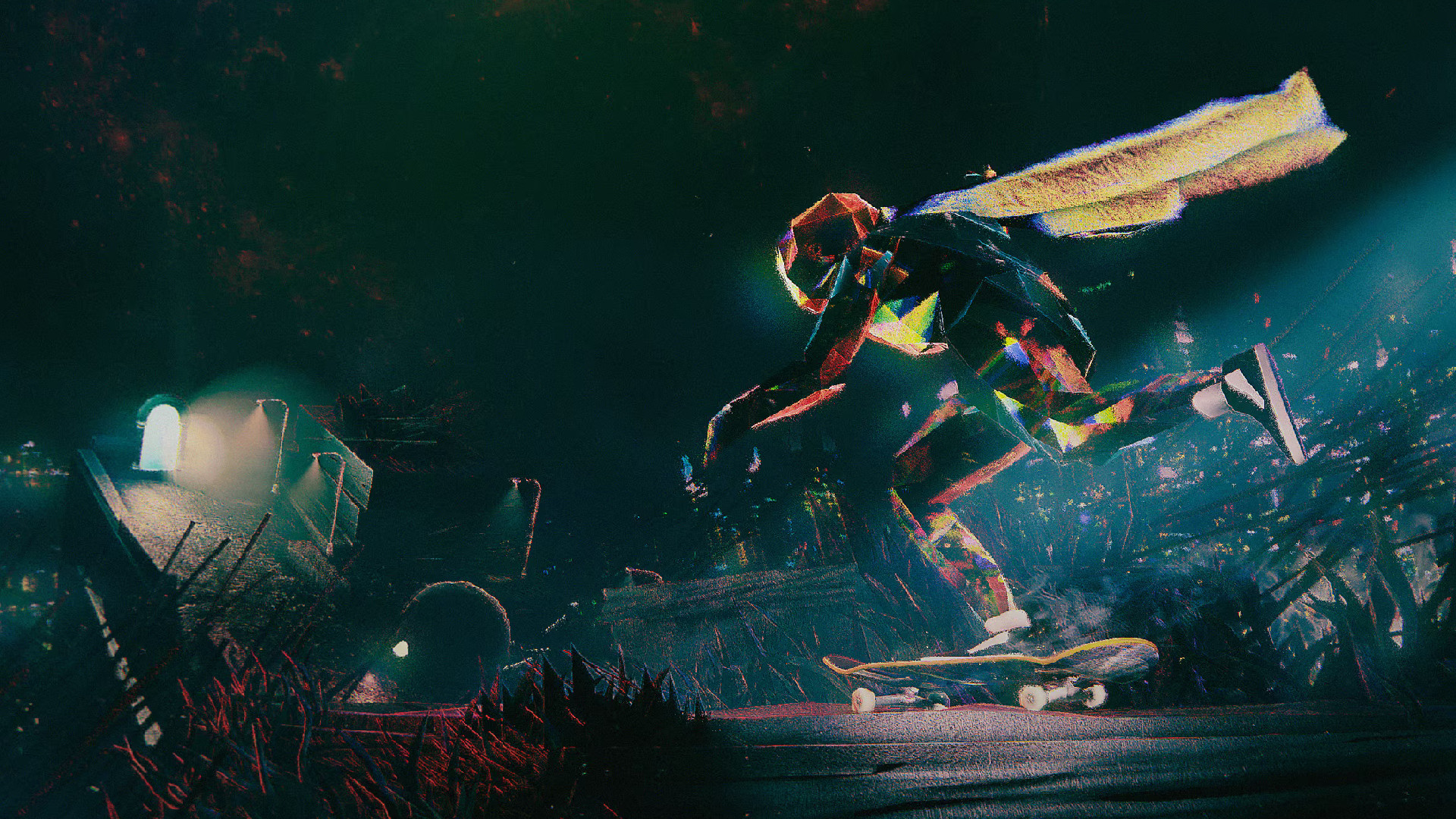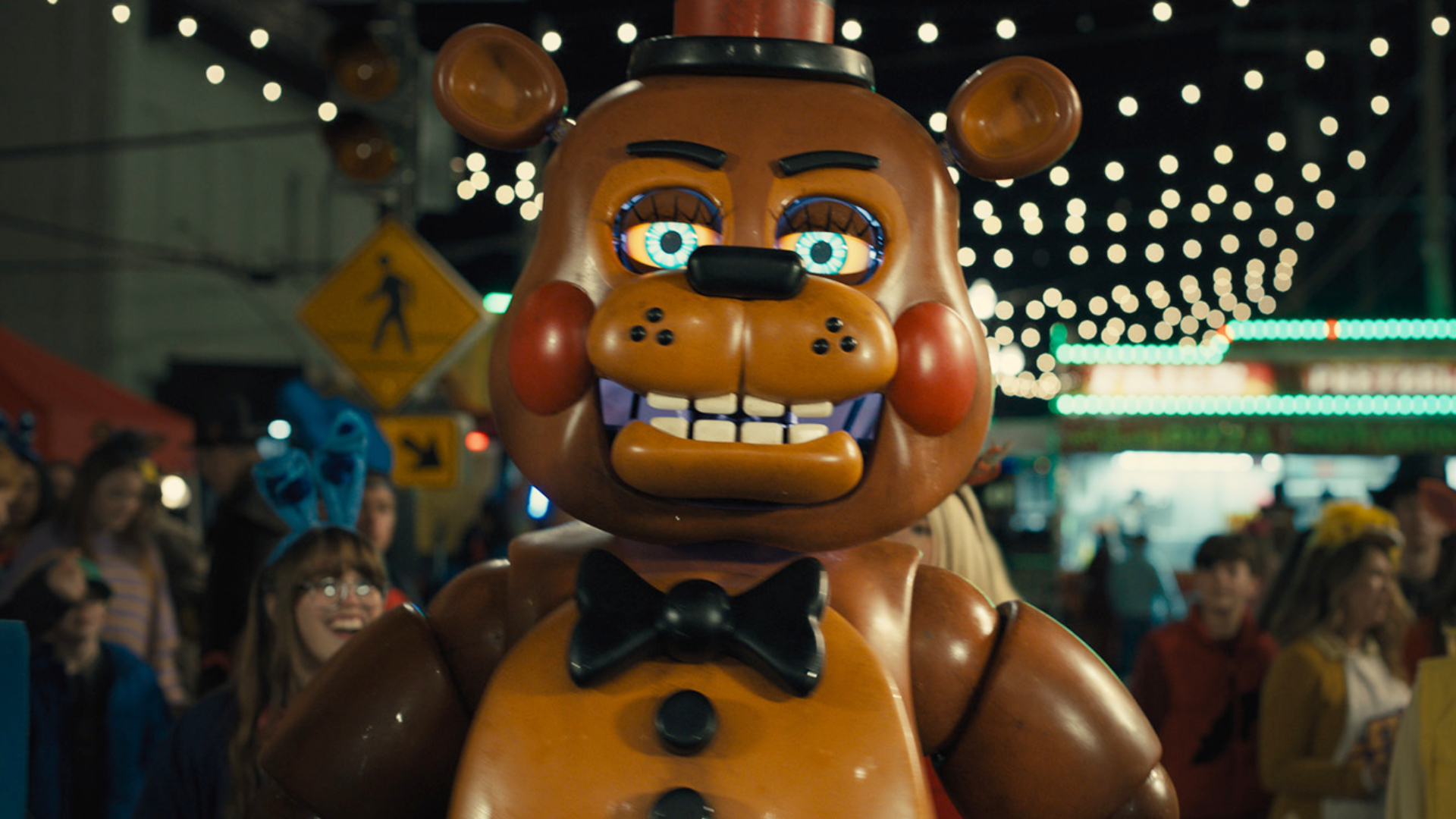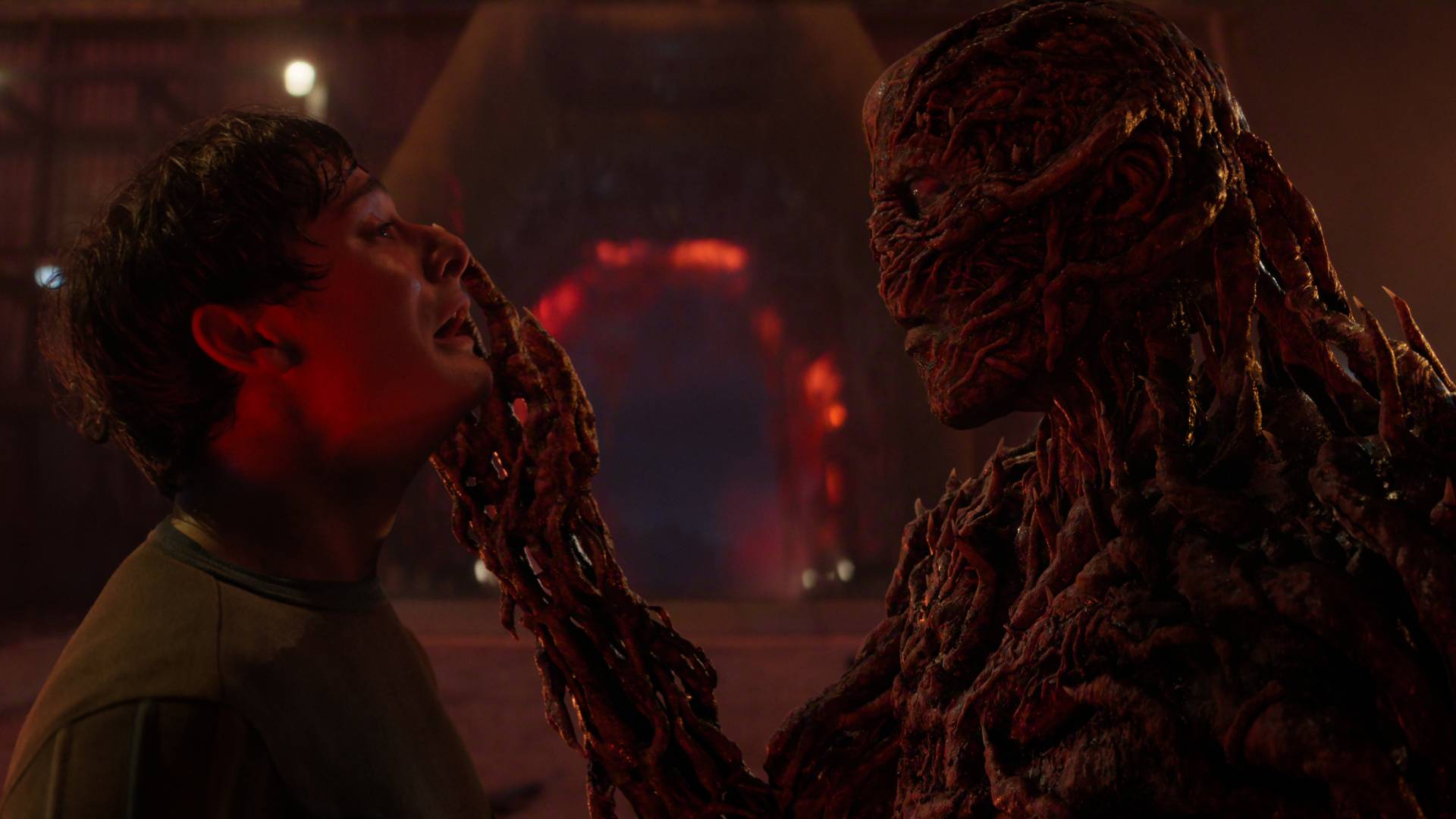GamesRadar+ Verdict
While Doom: The Dark Ages is a solid game, the ways it differs from previous titles are largely to its detriment. Most of what's praiseworthy about the Slayer's 2025 adventures are what's translated from older entries, while new features like the melee focus and mech sequences feel like fumbled missteps the series would be well-advised to forget going forward. Still, the joy of blasting cacodemons with a shotgun is never truly lost, and the over-the-top aesthetic will always elevate the experience.
Pros
- +
Gunplay remains as brutal as ever
- +
The shield is a good addition to combat
- +
Entertaining visuals and aesthetics
Cons
- -
The story and the Slayer himself lack personality
- -
Melee and parrying focus don't justify the loss of mobility
- -
Dragon and mech sequences are pretty shallow
Why you can trust GamesRadar+
Doom: The Dark Ages was always going to have a tough challenge ahead of it. After the twin lightning bolts of Doom 2016 and Doom Eternal both took the notion of high-octane slaughter as far as it could go, it wasn't entirely clear what another sequel – or in this case, a prequel – could actually bring to the table. Now the attempt to fix what ain't broke has brought us The Dark Ages, an uncertain followup that's at its best when it just feels like you're playing Eternal again, and at its worst when it's selling you unwieldy new mechanics. No wonder the overloaded Slayer seems more tired than angry by the time the closing credits roll.
Medieval Dead
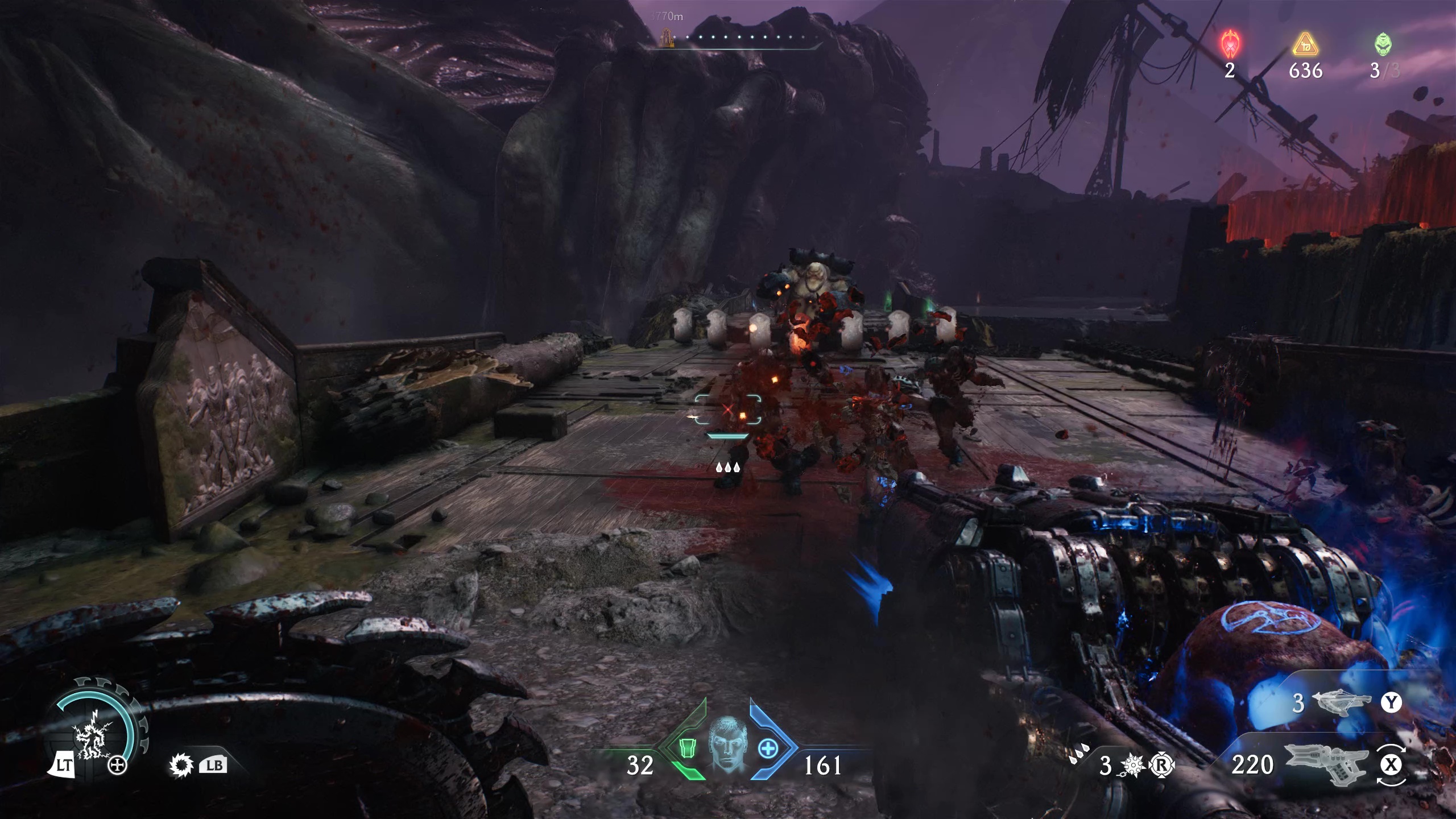
Release date: May 14, 2025 (May 12 with Early Access)
Platform(s): PC, PS5, Xbox Series X
Developer: id Software
Publisher: Bethesda Softworks
After Doom Eternal: The Ancient Gods ended with the Doom Slayer beating both God and Satan to death, I wasn't entirely sure how the stakes could be raised. The developers skip that issue by going back to a prequel set prior to the events of Doom 2016, that previously alluded-to period after the Slayer has ended up on Argent D'Nur (i.e., planet of the Space Vikings), and become their ultimate attack dog in the ongoing war against the demons of Hell. But the uneasy alliance with the angelic Makyrs has resulted in Heaven demanding that the feral Doomguy be fitted with various mind-control devices to keep him in check. Never fear though, the game is eagerly teasing him bursting out of these chains from the moment they're introduced.
There are some curveballs in the plot; a new faction of Lovecraftian witches and eldritch Old Gods is introduced, but these things are more interesting in concept than execution, usually just resulting in reskins of existing enemies rather than milking these ideas for all they're worth. Besides, Eternal has already made it clear that Argent D'Nur is doomed to become a dead kingdom of ghosts and platforming challenges, so what are we meant to invest in?
Side characters like King Novik and his daughter Thira are given the thinnest of characterization, yet the plot hinges on their actions and the lore of Argent D'Nur to a great degree. You've really got to meet the game more than halfway to give a damn about them, not helped by the plot's bizarre pacing and tendency to leap ahead in such a way that I often wondered if I had somehow skipped a cutscene without realizing.
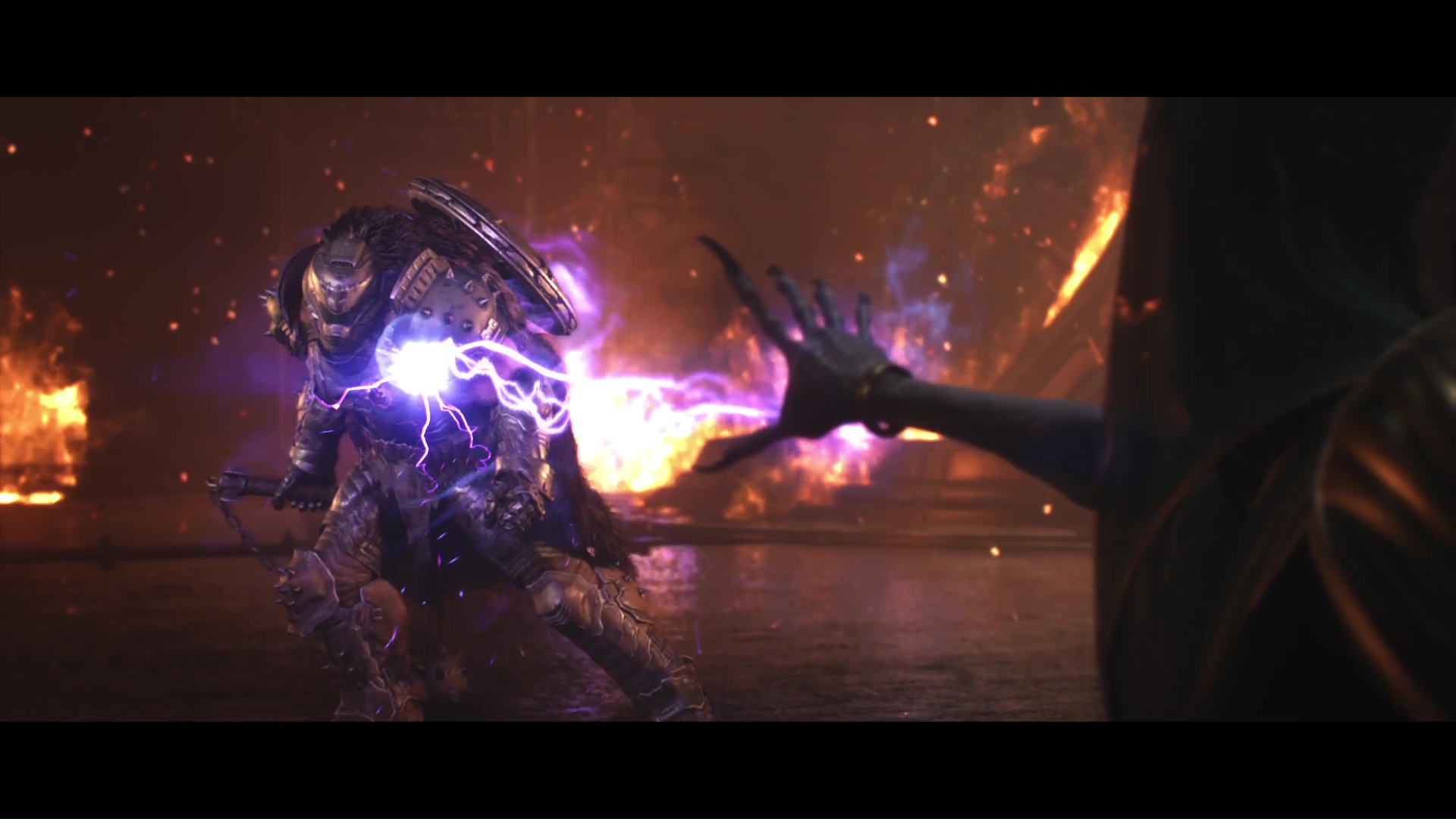
And all of this is to say nothing of the fact that The Dark Ages is a whole lot less funny than previous Doom games were. The Slayer furiously smashing his way through every problem to the exasperation of his quest givers made him rightly beloved in previous games, as well as having the soul of a thirteen year old boy, his bedroom littered with comic books and electric guitars. Here he feels like much more of a blank slate, usually just following the instructions of the Sentinels without any discernible feeling behind the mask.
Despite plenty of areas featuring regular soldiers and citizens, the Slayer's larger than life presence never really plays a factor – there's nothing quite like Doom 2016's intercom destruction or Doom Eternal's keycard section. Only a single late game gag involving a gatekeeper comes close, but even that feels tamped down, a welcome laugh in a narrative that otherwise presents Doomguy at his blandest in years, the characteristic rage that defines the character rarely seen or felt.
Welcome to Hel

"Glory Kills have been tossed out, which doesn't help with Doomguy's apparent loss of moxie – now he can't even be bothered to beat a demon to death with its own leg anymore!"
So what motivation does Doom: The Dark Ages have to offer? Well, going sightseeing through a series of heavy metal album covers is always fun. There's a level spent inside the carcass of a giant that comes to mind, with some appealing grisly optics when you pause to take in the scenery between massacres. And while levels on Argent D'Nur are generally less interesting, those set in Hell and on the home turf of the Old Gods are more intriguing on the eye, even if the layouts make less sense than ever in an attempt to hide collectibles. More broadly, the aesthetics of cyborg dragons with laser wings fighting demons on skull ships against a burning sky will always be entertaining on some level. There's too much gnarly flamboyance hard-coded into the DNA of modern Doom for it ever to be truly boring.
Weekly digests, tales from the communities you love, and more
But we also have to address the music. Mick Gordon, composer of the previous two games' soundtracks, did not return for The Dark Ages in the wake of various business disputes – and that loss is palpable. The OST here is functional but unmemorable, serving as a mere backdrop to the action rather than elevating it. It's tragic when held against Gordon's pounding, snarling, grinding compositions, which revved like petrol engines and were so good at dragging you into the rage state of its protagonist as to become memetic for it online. The songs in The Dark Ages feel like elevator music by comparison, and the lack of Viking Metal is a missed opportunity so obvious as to be baffling.
Horde and Shield
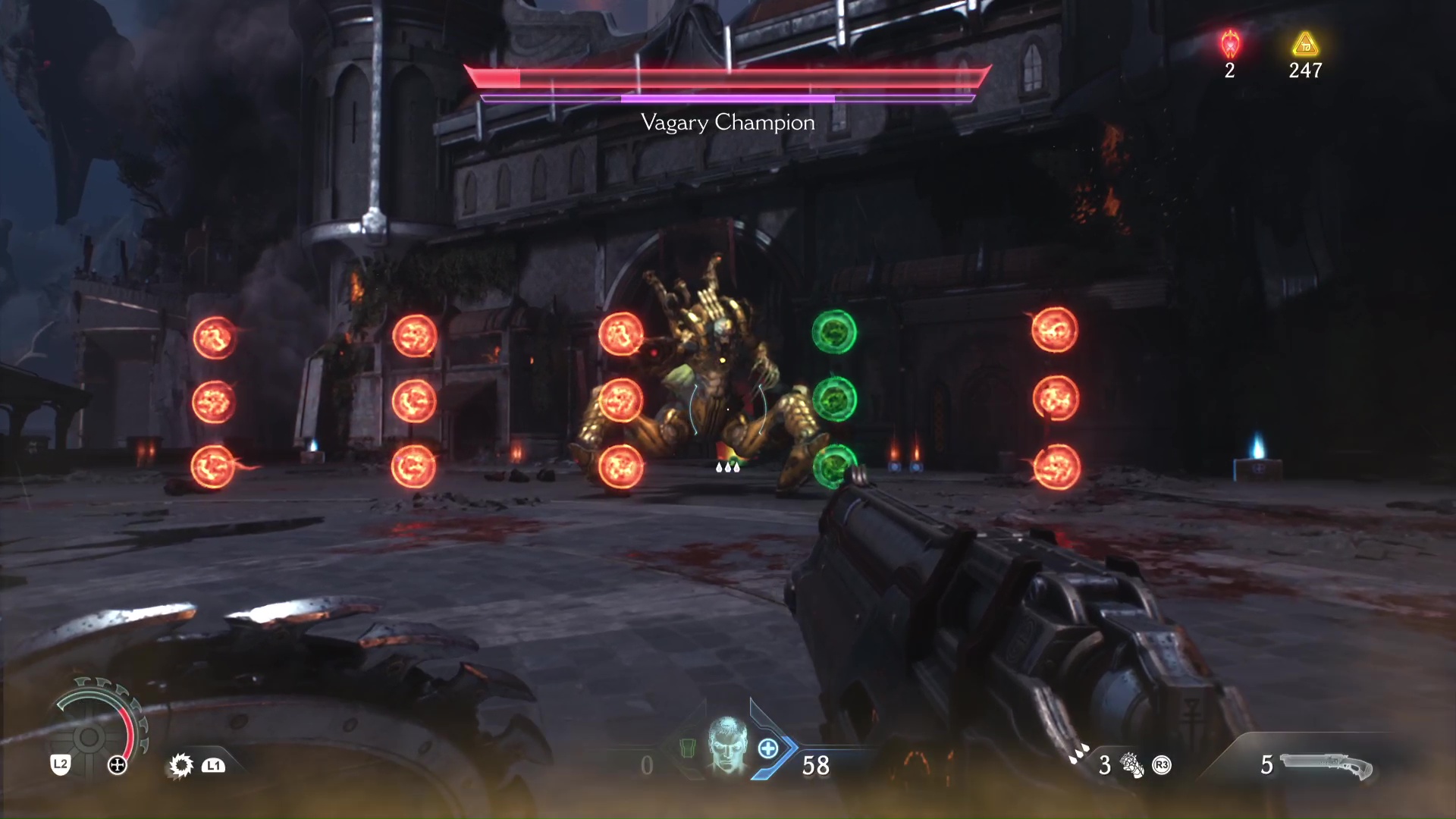
A new franchise entry must offer new ideas, and so Doom: The Dark Ages has a focus on melee combat, downplaying the verticality of the previous games that allowed you to leapfrog foes and spring around arenas, instead introducing a shield and parry mechanics, with several melee weapons. You regain melee charges by parrying attacks, while using your chainsaw shield to close distances and occasionally throwing it to clear crowds.
It's… interesting, as concepts go, and though I like the shield when I'm going full Steve Rogers on a horde of draugr, it's when I'm playing protracted games of patty-cake with tougher enemies that things get boring. Parry, smack, parry, smack. Even Glory Kills have been tossed out, which doesn't help with Doomguy's apparent loss of moxie – now he can't even be bothered to beat a demon to death with its own leg anymore! Some may appreciate the greater focus on close-quarters, but those who enjoyed the springiness of prior entries will inevitably find themselves nostalgic for the dusty wastelands of Mars and the simple joys of the double jump.
Still, things got better when I abandoned brawling as a rule and just invested in the gunplay, which is as punchy as ever, partly due to a couple of standouts in the arsenal. A weapon that shreds skulls and fires the resultant bone shrapnel is worthy of celebration, and if anything from The Dark Ages deserves to survive into future games, I'd be happy for the throwable shield to be a mainstay, which is always fun to watch slice through crowds before soaring back. I also don't object to the new bullet-hell elements, which push you to keep a fast pace, rapidly dodging projectiles before leaping in to vaporise a Revenant with a spray of buckshot.
Drag-on
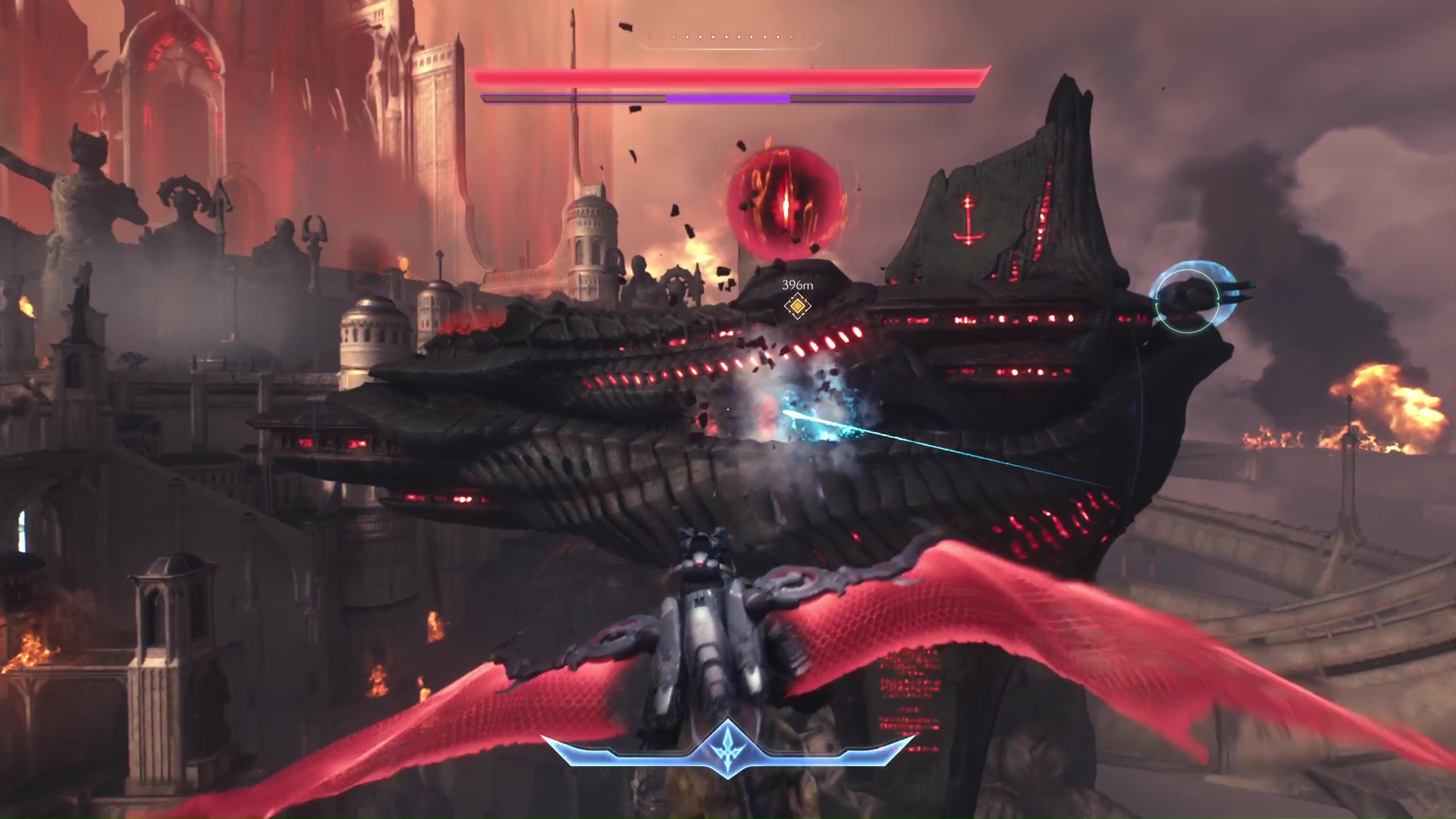
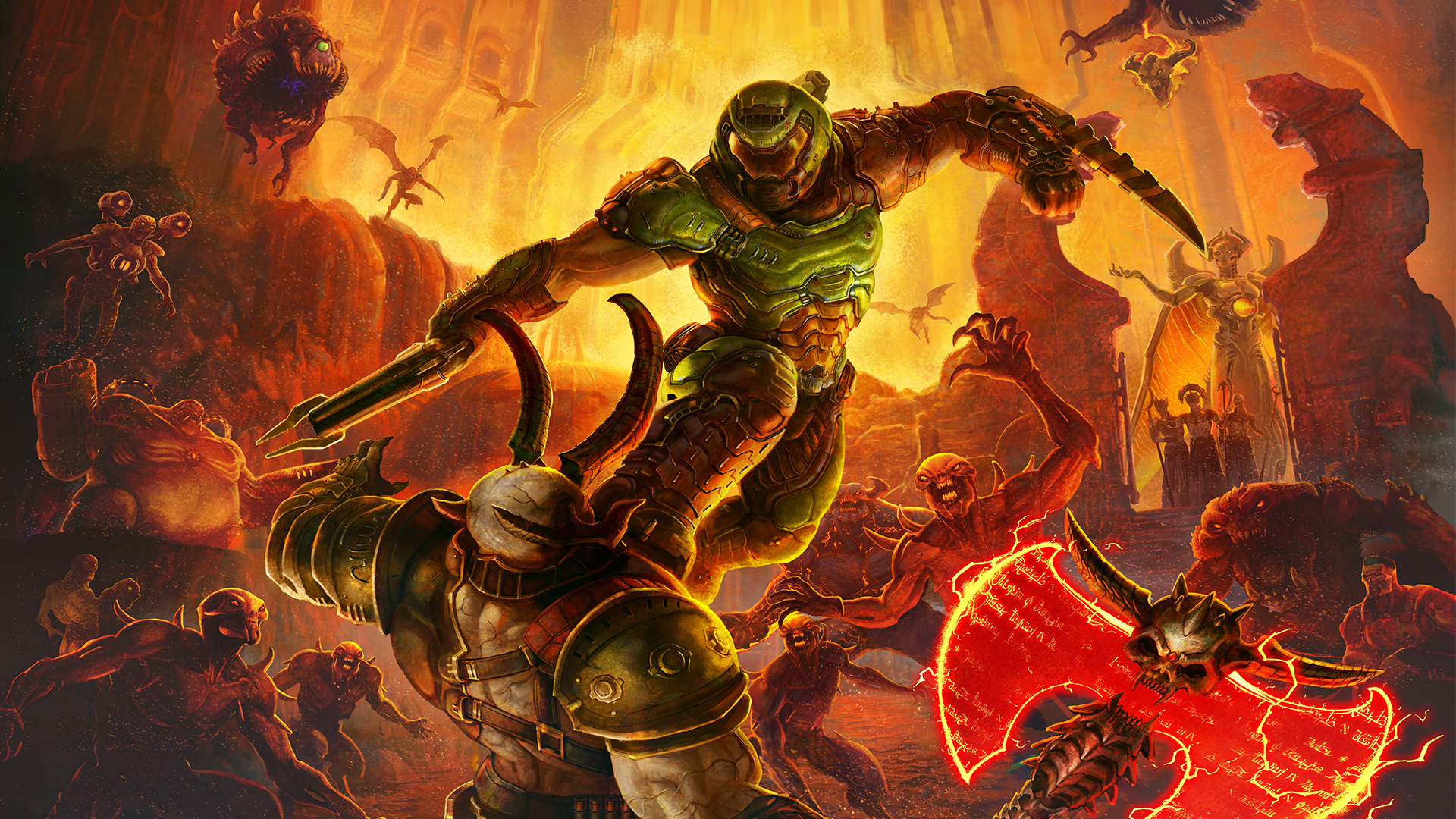
What did we think of the last game? In our Doom Eternal review, we called it "a smart iteration of what came before that occasionally stumbles under its own desire to evolve".
The other gimmicks Doom: The Dark Ages introduces are recurring vehicle sequences spent piloting either the aforementioned cyber dragon or a skyscraper-sized Atlan mech. These are things that will obviously look impressive in trailers, but I quickly realized that both were experiences to be more endured than savored. The dragon levels are peculiarly stiff, made all the clunkier by a weird obsession with timed dodges and a lock-on system that ironically locks you in place.
Meanwhile, giant mechs remain the riddle that video games are still unable to solve, as the Pacific Rim fantasy inevitably shatters when you remember it’s not very fun to pilot something that moves like a glacier. Oh, and there's also some stationary turret sequences that are barely worth mentioning, firing mindlessly into a crowd that poses no threat to you whatsoever. All these divergences from the core gameplay are usually fairly brief, so they don't offend too drastically, but it's a shame that the best thing I have to say about them is that they're mercifully infrequent.
The last thing to mention is that the newer missions lean larger than ever before, as The Dark Ages has numerous levels that are more open-ended, rather than a series of linear combat arenas. The game isn't quite open world, but it's not uncommon to be dropped into a broad battlefield speckled with encounters and collectibles you tackle in order of preference. To be honest, I'm not entirely sure what this innovation is supposed to add to the experience, as it doesn't really change the way you play except to add a bit of a commute on certain levels, trudging back across fiery wasteland to grab the one action figure you missed the first time around.
A history of violence
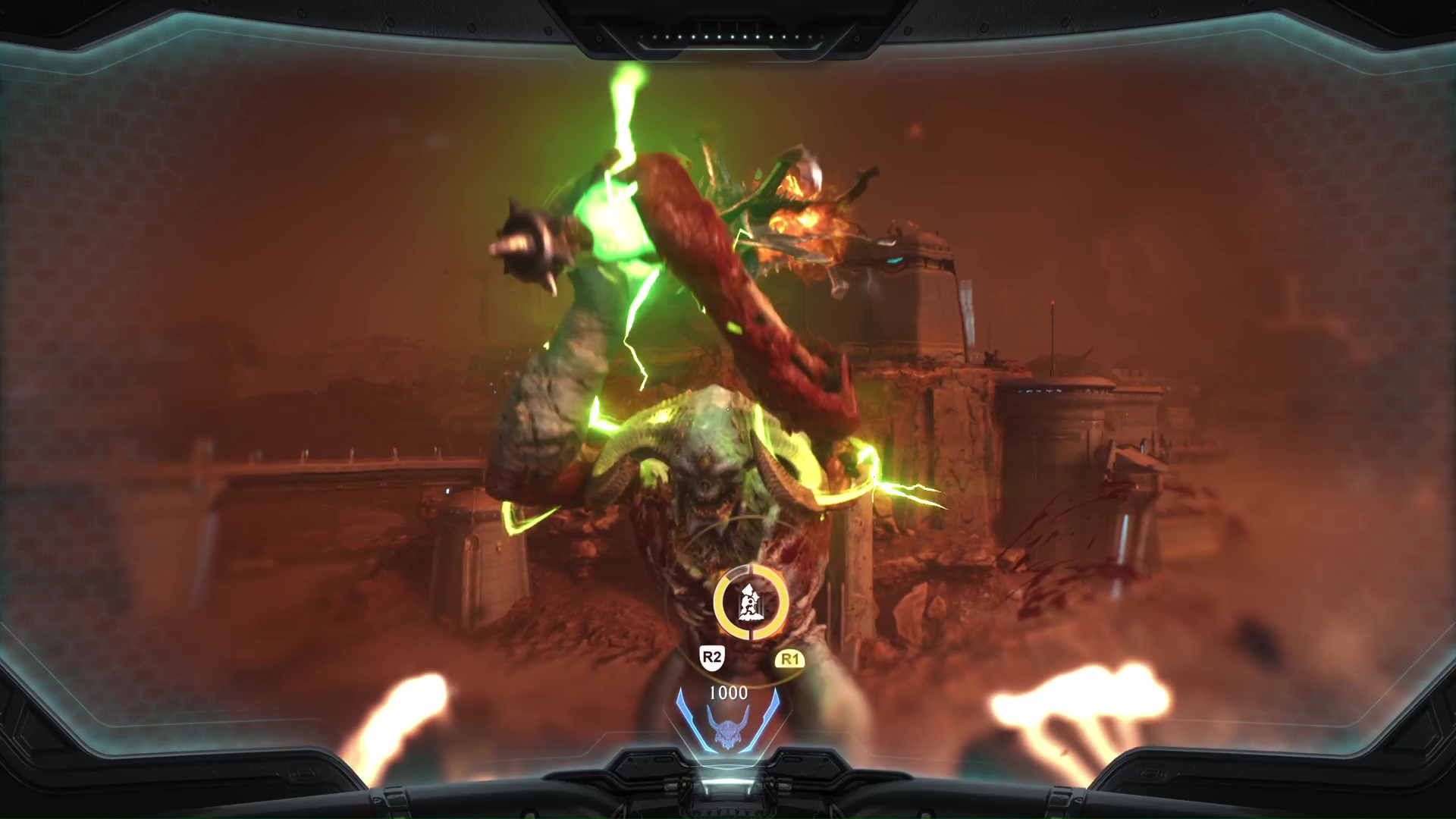
Let's be clear about this: is Doom: The Dark Ages better than the Doom 2016 reboot? No. Is it better than Doom Eternal? No. Is it still a decent game on its own terms? Ye-es, just about, but that's mostly due to what elements were carried forward from previous entries rather than what's unique to this one. When I got into the groove of sweeping through battlefields and staying one step ahead of snarling hellhounds, I could feel the old blood beginning to surge again. I'd sidestep an imp's fireball even as I fired an explosive payload into a mancubus' midriff, never even slowing down as I barrelled through the raining viscera.
Yet every moment of triumphant action is thrown off when you come up against Doom: The Dark Ages' innovations, which are largely well-intentioned misfires – clattering about in a giant mech that refuses to get out of first gear, or a cutscene wherein two piles of scar tissue in armor grunt about lore while Doomguy waits nearby for somebody to tell him to kill something. If you want more of the modern Doom experience, ultimately Doom: The Dark Ages will oblige – just understand that you're not getting the best that the Slayer has to offer.
Doom: The Dark Ages was reviewed on PS5 with a code provided by the publisher.
Check out our new games for 2025 list for what's next!

Joel Franey is a writer, journalist, podcaster and raconteur with a Masters from Sussex University, none of which has actually equipped him for anything in real life. As a result he chooses to spend most of his time playing video games, reading old books and ingesting chemically-risky levels of caffeine. He is a firm believer that the vast majority of games would be improved by adding a grappling hook, and if they already have one, they should probably add another just to be safe. You can find old work of his at USgamer, Gfinity, Eurogamer and more besides.
You must confirm your public display name before commenting
Please logout and then login again, you will then be prompted to enter your display name.
